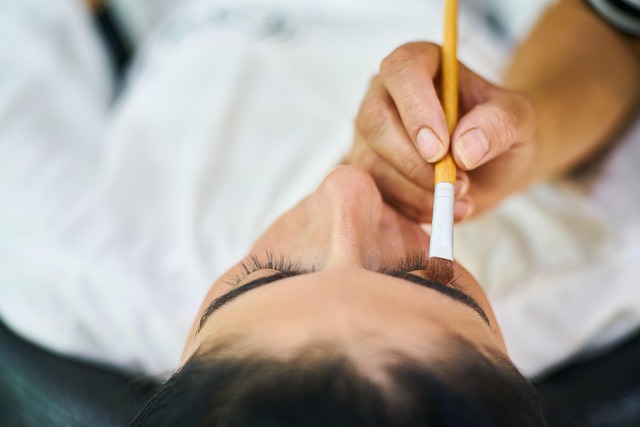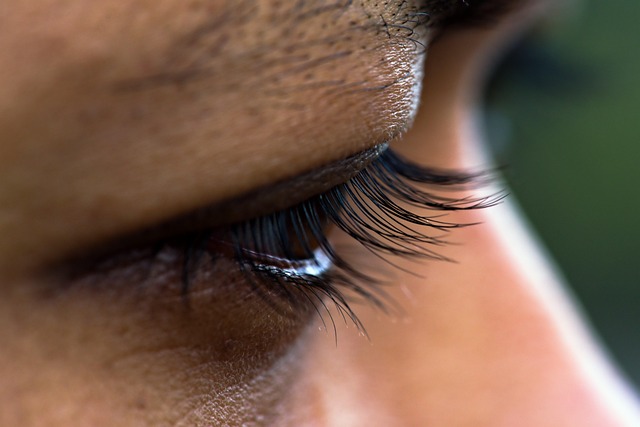Skin tags, caused by friction, can be safely removed using OTC products like salicylic acid or lactic acid creams. Always follow instructions, consider sensitivity, and consult a doctor if concerned. Preventative measures include regular exfoliation, gentle cleaning, keeping areas dry, and avoiding irritating clothing.
Tired of unsightly skin tags? Discover effective over-the-counter solutions for safe and efficient Bristol tag removal. This comprehensive guide explores understanding skin tags, their causes, and navigating the plethora of products available. Learn about key safety considerations, product efficacy, and step-by-step application techniques. Additionally, explore prevention strategies to manage these common skin growths.
- Understanding Skin Tags and Their Causes
- Over-the-Counter Options for Removal
- Evaluating Product Safety and Efficacy
- Step-by-Step Application Guide
- Prevention and Management Strategies
Understanding Skin Tags and Their Causes

Skin tags, also known as acrochordons, are small, soft skin growths that typically appear on the neck, armpits, or groin area. They are usually harmless and often go unnoticed, but some individuals may find them unsightly or irritating. Understanding their causes is essential when considering removal options, like Bristol Tag Removal methods available over the counter.
These tags form due to friction or irritation of skin against itself. They can develop from excess skin or where clothing rubs repeatedly. While they are generally harmless, certain types of skin tags might be indicative of other conditions, such as thyroid issues or diabetes. Therefore, it’s crucial to consult a healthcare professional if you have concerns or notice any changes in existing skin tags.
Over-the-Counter Options for Removal

When it comes to over-the-counter options for Bristol tag removal, there are several products available that can help minimize or eliminate skin tags safely and effectively. These topical treatments often contain ingredients like salicylic acid, lactic acid, or formaldehyde, which work to soften and eventually remove the excess skin. Such products are convenient, easily accessible, and suitable for those looking for a non-invasive approach.
For instance, many popular brands offer skin tag removal kits that include a combination of medications and tools designed to exfoliate and eliminate tags. Follow-up treatments may be required, depending on the size and number of tags, ensuring consistent application for best results. Always read and follow the instructions provided with these products to maintain safety and efficacy.
Evaluating Product Safety and Efficacy

When considering over-the-counter (OTC) products for Bristol tag removal, evaluating safety and efficacy is paramount. Look for products that are approved by reputable health authorities and backed by clinical studies demonstrating their effectiveness in safely removing skin tags. Ingredients like salicylic acid or duct tape have been shown to be modestly successful in some users, but individual results can vary widely. Always follow the product instructions carefully and be wary of claims promising rapid or dramatic results; safe removal often requires time and patience. Additionally, check for any potential side effects or irritations, especially if you have sensitive skin, as OTC products may not be suitable for everyone.
Step-by-Step Application Guide

For effective and safe removal of skin tags using over-the-counter products, follow this step-by-step guide tailored for Bristol tag removal. Firstly, cleanse the affected area with a mild soap and warm water to ensure no debris or bacteria remains. Using a sterile applicator or glove, gently dry the skin tag and surrounding skin. Next, apply a thick layer of the chosen over-the-counter cream or liquid, ensuring complete coverage of the skin tag. For best results with Bristol Tag Removal, select products containing salicylic acid or lactic acid, which are known to soften and dissolve skin tags.
Allow the product to sit undisturbed for the recommended time on the packaging, typically 8-12 hours. After this period, gently wash off any residual medication using warm water and a mild cleanser. It’s important to note that results may vary; some skin tags might disappear faster, while others may take several applications. Repeat the process as needed until the skin tag is completely removed, maintaining cleanliness throughout for effective Bristol Tag Removal.
Prevention and Management Strategies

Skin tags, while commonly harmless, can be unsightly and cause discomfort. Fortunately, there are several prevention and management strategies available for those seeking Bristol tag removal. Regular exfoliation helps remove dead skin cells and keeps the area clear. Using gentle, pH-balanced cleansers daily can prevent tag formation by maintaining skin health.
Additionally, keeping the affected area dry and avoiding rough clothing or accessories that might irritate the tags can be effective. Over-the-counter products containing salicylic acid or duct tape can also aid in removal by slowly exfoliating the tags away. Remember, consistency is key; implementing these strategies regularly can help manage and prevent skin tags effectively.
Removing skin tags with over-the-counter (OTC) products can be a convenient and effective solution for those seeking Bristol tag removal. By understanding the causes of these benign growths and evaluating the safety and efficacy of OTC options, individuals can make informed decisions about their management. Following a step-by-step application guide ensures proper use, while adopting prevention strategies helps minimize recurrence. While these methods offer a non-invasive approach, consulting a healthcare professional remains crucial for persistent or concerning tags.
